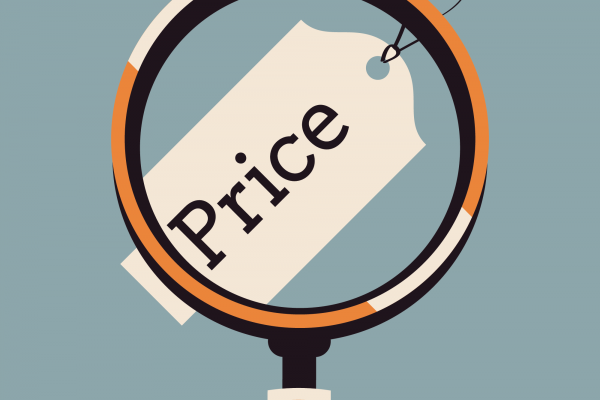Pricing in any business has the potential of exploiting a business’ potential and it can equally undermine the same. Failure to arrive at a perfect and profitable pricing strategy might lead to a business missing out on greater revenue inflows or the general undervaluing your given products/services. In short, poor pricing can lead to poor profits and the reverse is equally true. Given that in the 4 Ps of business, pricing is the only factor that brings in revenue while the other elements can be seen as centres to the business` costs it important that a given entrepreneur finds the best method of pricing his/her offerings. In this article, therefore, I attempt to have a look at some few elements of Product mix pricing for startup businesses to shed more light on how the challenge to achieve the best pricing for products and services can be solved.
How Companies Come Up With Prices
While there are many ways of coming up with prices for products/services, it is common among startups that the founder makes the final call on how a product/service will be priced. Quite often, he/she uses his/her intuition and knowledge about the subject area to arrive at a price believed to be sustainable. While this is the fact, for a small business to effectively design and implement the right kind of pricing strategies, it must have a clear understanding of the subsequent consumer pricing psychology. It is also important that a systematic approach to setting, adapting and changing prices be adopted. Now, as has been mentioned from the onset, there are various ways in which any given business entity can arrive at an effective pricing system where some would adopt a cost-plus pricing model while some opt for a demand-oriented pricing structure but the list is endless.
What is Product Mix Pricing?
As the name suggests, product mix refers to combining of product lines which are often associated and used together by the respective consumers. Take for example in this festive season, one good product mix would be ice, beer and braai packs complimented with prepared salads and/or other edible greens. Arguably, most consumers would go out for a braai and find themselves with no ice or salads thus as an entrepreneur you want to think of a product mix which is reasonably and profitably priced. In essence, product mix pricing will affect an overall price for a given range of products while the purpose is to ensure that profits are maximised on the total product mix instead of the individual product. This is so because various products contained in the mix often have related demand and costs but have different degrees of competition which makes pricing difficult save for when you incorporate them in the product mix pricing strategy.
Below are some of the product mix strategies which can be implored by a startup business:
Product Line Pricing
In this strategy, a business owner maintains a variant price structure within a given product line to ensure that a customer will purchase one or the other product within a given product line. This could apply in a retail supermarket where beverages of deferent sizes and types are stocked. Each product within the beverages product line will either fall in the high, medium or low prices stratum. Such product mix coupled with a subsequent pricing strategy will ensure that your retail outlet satisfies just about every type of customer you serve. In this strategy, your target market for the given product line must be catered for you want to meet the needs of every customer your serve.
Captive Pricing
This could be more applicable to entrepreneurs in the manufacturing sector where products made have to be used with another complimentary product. An example could be shoe manufacturers where they may come up with a shoe design that requires maintenance chemicals for prolonged use. The reasoning behind such a strategy follows that once a customer has bought the main product, the shoe, he/she will be compelled to use the chemical supplies of your company to continue using the same product. While this strategy has a way of creating a good pool of loyal customers, your supplies to the main product should always be kept as reasonably low as possible otherwise customers might end up resenting your offering if they constantly have to pay high prices to continue using your product offering.
Product Bundle Pricing
In some instances, some retailers will combine several products into a hamper like a bundle of products which they sell at a reduced price than what would be the case with individual product offerings. Quite often, the reasoning behind this strategy is to ensure that retailers can promote the sales of those products which consumers would normally not buy as individual units. In this strategy, therefore, profitability has to be maintained while ensuring that the prices of combined products are kept as low enough to attract customers.
Optional Product Pricing
This often applies more with products that require accessories for increased functionality. Therefore, optional-product pricing concerns itself with the pricing of optional products often regarded as accessories to a given main product. This applies more to retailers in electronic gadgets and cell phones businesses. Take for example when you purchase a cell phone, quite often you will need a pouch, shatter glass and/or hands-free devices for improved usability. These come as additions needed by one to fully enjoy the functionality of a given mobile device. The major challenge in this strategy is in deciding on which items to include when you come up with your base price and which ones to offer as options.
From the above, it can well be observed that product mix pricing strategy requires more of your creativity and innovation as an entrepreneur. Try to come up with your own unique product mix and price it as competitive as possible and see how your market will respond.








